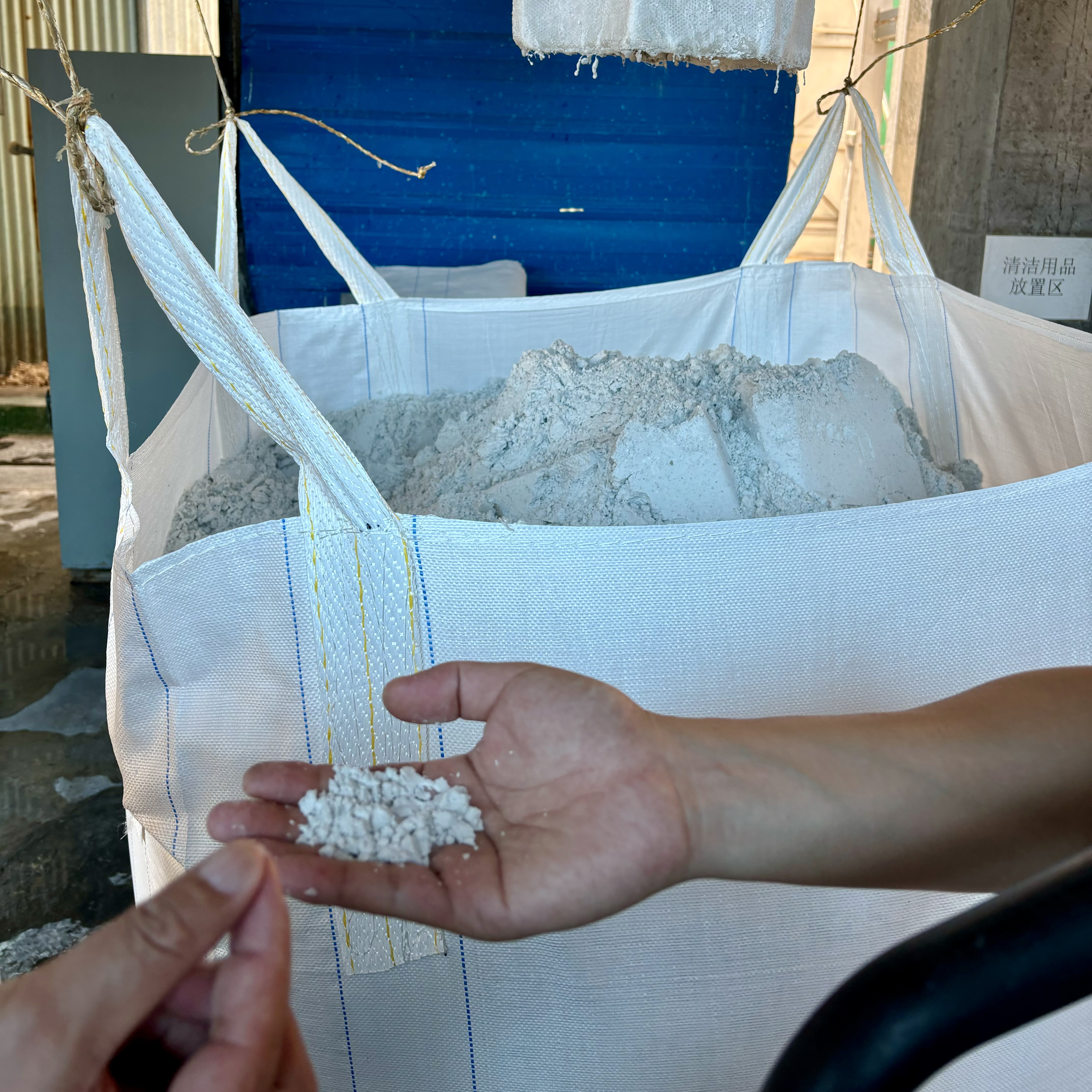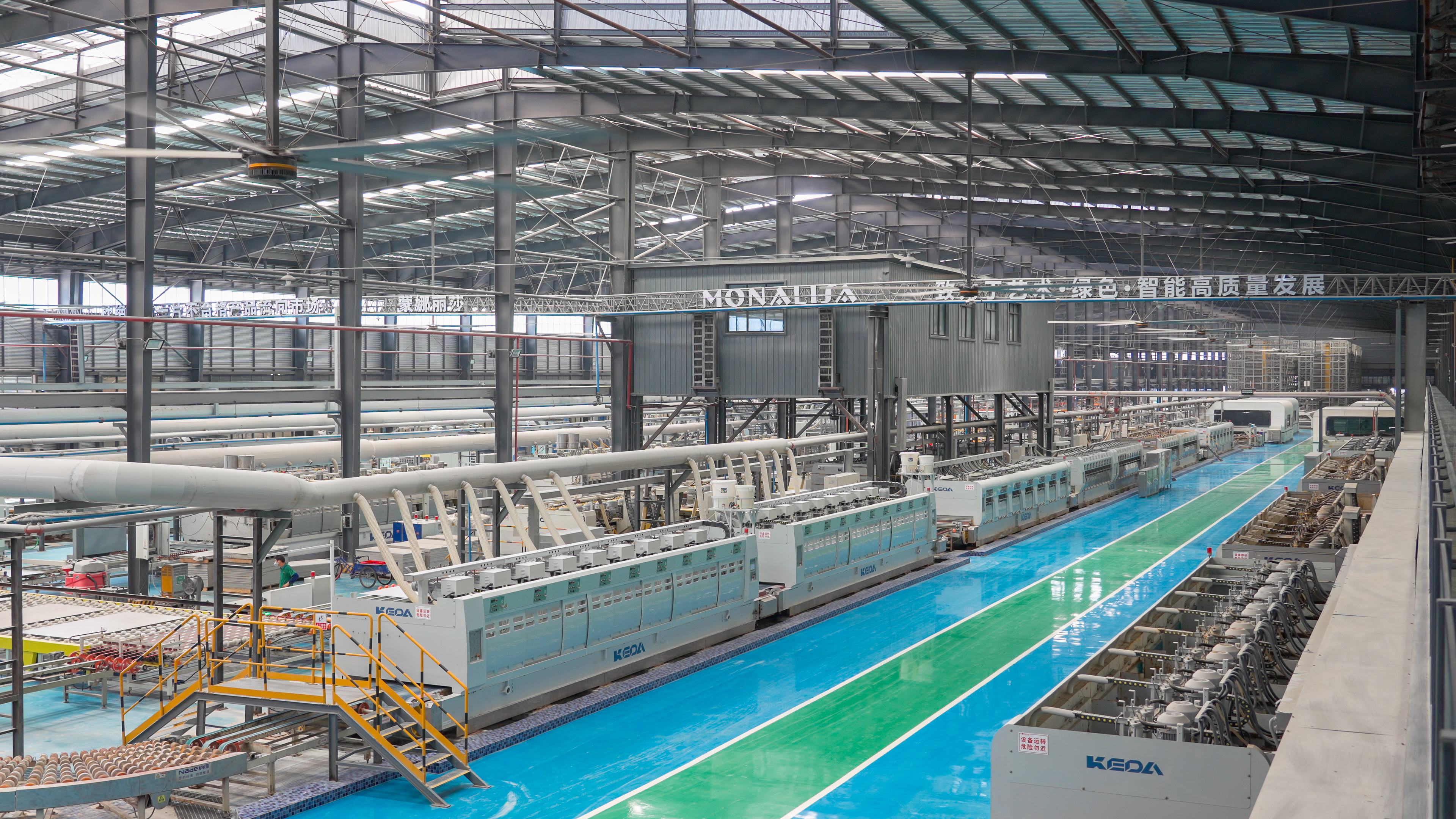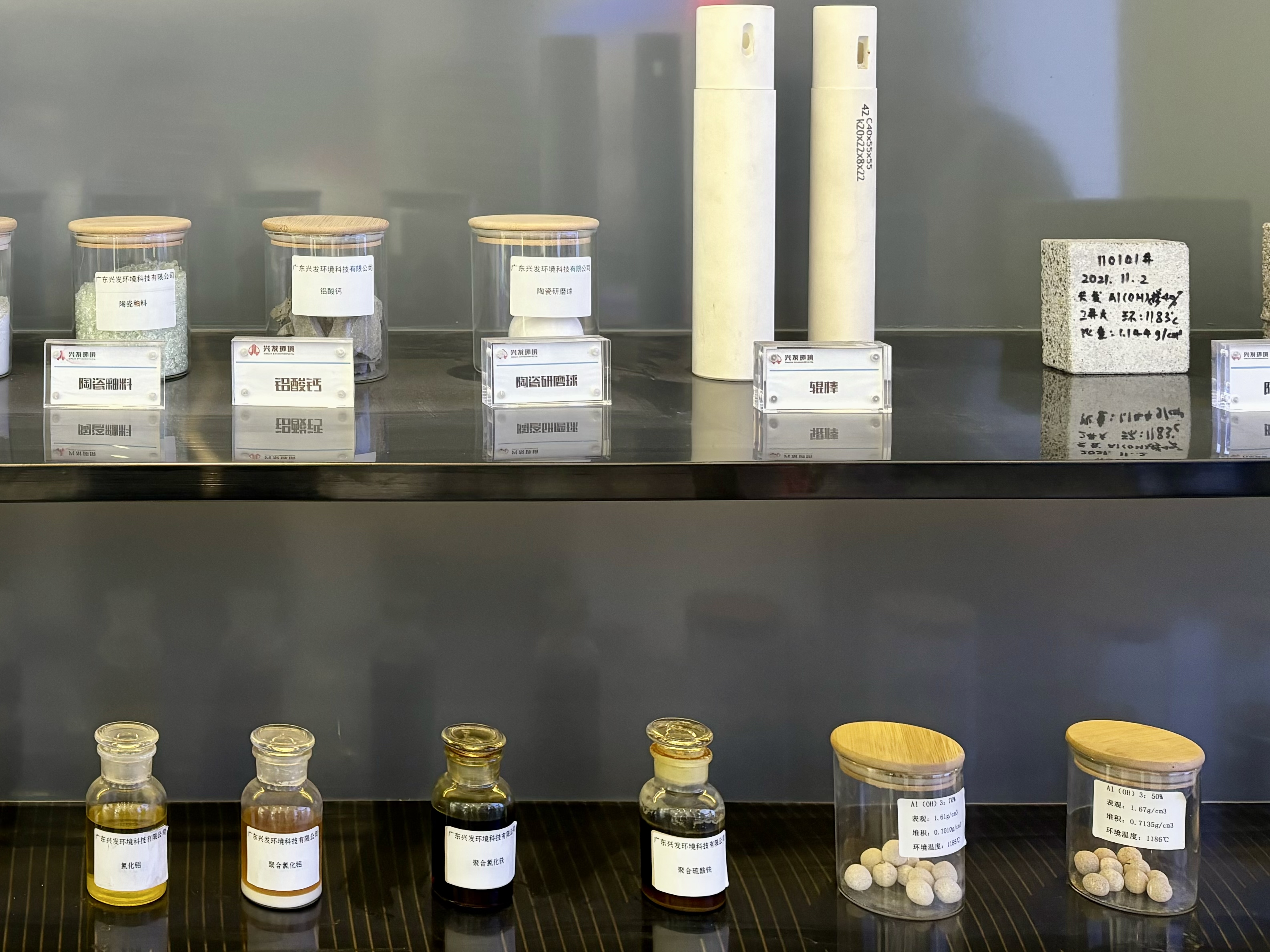Foshan turns traditional industrial waste into treasure and puts a new label of "green and low-carbon" on the industry
100,000 tons of aluminum ash can turn waste into treasure, which can realize the recycling of 375,000 tons of product, the recycling of 38 billion kilocalories of waste heat and 560 tons of green hydrogen.
With the same ton of raw materials, the output of ordinary ceramic tiles with a thickness of 9mm is about 33 square meters, while the production of 5.5mm ceramic thin plates can reach about 68 square meters.
The aluminum profiles and ceramics industries are Foshan's two major characteristic and traditional pillar industries. They are also industries that consume a lot of energy and generate a lot of solid waste in the industrial field. In recent years, Foshan City, Guangdong Province has promoted the green and low-carbon development of the aluminum profile and ceramic industries with "industry standardization, green production, and solid waste recycling." All the city's aluminum profiles and ceramics industries have completed clean production transformation, and 26 "waste-free factories" have been built. The city's ceramic sludge resource utilization rate exceeds 94%, and the utilization and disposal capacity of secondary aluminum ash in the aluminum profile industry reaches 180,000 tons/year.

Aluminum hydroxide produced after treatment of Xingfa Aluminum Waste Alkaline Water
Recycling turns waste into treasure
"Look, this is the aluminum hydroxide produced after treating waste alkali water. By adding the alkali liquor resource utilization system, we realize the recycling and reuse of alkali liquor. We can produce 80 tons of aluminum hydroxide products per month, saving alkali flakes of about 1.2 million yuan every year, and the comprehensive annual economic benefits can reach 2 million yuan."
Next to the alkali liquor resource treatment equipment, Su Zhixiang, an engineer at Xingfa Aluminum Sanshui Company, grabbed a handful of white powder and introduced that the system can not only recover and recycle the aluminum-containing alkali liquor produced in the alkali washing tank to avoid alkali liquor discharged, and can also separate aluminum and sodium to produce aluminum hydroxide products that are sold as chemical raw materials.
Not only that, Xingfa Aluminum has also achieved two-way high-efficiency recycling of water and nickel metal resources by building a nickel recycling system. The water reuse rate exceeds 95%, and the nickel ion recovery rate exceeds 95%, greatly reducing the production of nickel-containing sludge. Su Zhixiang said,"When traditional chemical methods are used to treat nickel-containing wastewater, most of which form low-purity nickel-containing sludge, which is a hazardous waste and is difficult to recycle and reuse, resulting in waste of precious metal resources. This system reduces nickel ions into valuable metallic nickel plates without wasting effective resources, creating certain benefits for the company."

Nickel recovery system
Products "slim down" and reduce consumption at the source
How thin can a ceramic plate be? The answer is 3 mm.
Behind the 3mm is not only innovation in production technology, but also a reflection of pollution and carbon reduction in the ceramic industry.
"The energy consumption of ceramics mainly comes from the raw material processing and firing processes. Ceramic thin plates achieve energy conservation, consumption reduction and low carbon through 'slimming'." Zhang Qikang, director of the Mona Lisa Group, introduced.

Mona Lisa Group workshop
Taking the same 1 ton of raw materials as an example, the output of ordinary ceramic bricks with a thickness of 9mm is about 33 square meters, but the production of 5.5mm ceramic thin plates can reach about 68 square meters. Compared with traditional ceramics, the raw materials of ceramic thin plates can be saved by 51.8%, the comprehensive energy consumption can be saved by more than 42.96%, and smoke emissions can be reduced by more than 64%. Whether from raw material use, energy consumption in the production process, to later transportation, energy conservation and carbon reduction can be better achieved.
The ceramic industry belongs to the "three highs" industry with high energy consumption, high pollution and high emissions. In order to change this situation, Mona Lisa Group drives green development with product innovation, introducing the world's cutting-edge intelligent manufacturing equipment for ceramic rock slabs, energy-saving and efficient intelligent equipment such as double-layer kilns, seven-layer drying kilns, and intelligent billet storage systems. Achieve green and low-carbon in both "fast" and "economical" production processes. Taking the Mona Lisa Group's Foshan Xiqiao Base as an example, from 2019 to 2023, in four years, the total carbon emissions dropped from 550,000 tons to 350,000 tons, a drop of 36%.
Clean production in "waste-free factory"
In a conspicuous place in the exhibition hall on the first floor of Guangdong Xingfa Environmental Technology Co., Ltd., samples such as aluminum ash, inert residue, alumina powder, and ceramic grinding balls are neatly displayed.

Resource utilization of aluminum ash
According to Xu Jie, deputy general manager of Xingfa Environment, the project adopts an advanced wet disposal process. During pretreatment, metallic aluminum from aluminum ash can be extracted as a raw material for recycled aluminum; then through corresponding processes, the aluminum ash can be completely eliminated. Danger, obtain inert residue and high aluminum material. Not only that, the waste heat generated during the process reaction can be used for the preliminary drying of high-aluminum materials; the ammonia gas generated during the harmless treatment of aluminum ash can be fully utilized to produce ammonia water, which can be used as a carbon capture project in the area to produce ammonium bicarbonate to realize resource recycling.
Taking 200 tons of aluminum ash as an example, after resource recycling, 20-30 tons of ammonia water, about 30 tons of salt water, and about 200 tons of high-aluminum material can be produced, providing excellent raw materials for ceramic products. Industrial solid waste such as waste acid, waste alkali and aluminum-containing sludge generated during the processing of aluminum profiles can be used to make water purification agents and other products after treatment, fully realizing the full chain of "waste treatment" recycling, resource utilization rate exceeds 99%.
Foshan is the largest aluminum profile base in the country. In 2021, after aluminum ash was included in hazardous waste management, a large amount of aluminum ash in Foshan City once had nowhere to go. In order to solve this problem, Foshan City has laid out four aluminum ash resource utilization projects, including Xingfa Environment, in accordance with the principles of "planning projects nearby, moderately advanced capabilities, and mature and advanced disposal technologies." It is the first in the province to build an aluminum ash disposal capacity of 180,000 tons/year, fundamentally solving the problem of aluminum ash disposal. At the same time, it actively guided the aluminum profile industry association and leading enterprises in the industry to jointly take the lead in formulating the group standard for "Aluminum Ash Regenerated Alumina Raw Materials" in the country, filling the gap in the domestic aluminum ash recycled alumina as raw material.
Ceramic companies that support "half of Foshan's manufacturing economy" are equally remarkable for their "solid waste recycling". Through clean energy transformation, the ceramic industry has reduced the generation of hazardous wastes such as phenol water and coal tar from the source, reducing hazardous waste by approximately 100,000 tons annually. Taking Sanshui Sunshine Ceramics and Geometrical Ceramics as examples, the solid waste generated within the enterprise such as pressure filter mud, coal slurry residue, broken brick residue, polishing mud residue, etc. can be utilized and disposed of by itself. The utilization rate of solid waste resources reaches 99%, the solid waste reduction effect is significant, saving operating costs by more than 2 million yuan per year.
As a major industrial city with its roots in traditional manufacturing, Foshan took the lead in incorporating enterprises in the ceramic and aluminum profile industries into the construction of "waste-free factories" in the process of building a "waste-free city". First of all, based on the characteristics of production and waste in the two major industries and the development needs of "waste-free", highly operable and differentiated evaluation standards for the construction of "waste-free factories" have been established. 26 "waste-free factories" have been built against standards. Secondly, we will promote the green transformation of industrial development and encourage industry leaders to lead demonstrations from various aspects such as financial incentive support, financial and financial support, and supply of digital and intelligent capabilities. At present, a total of 9 ceramic and aluminum profile companies in the city have been rated as "green factories" by the Ministry of Industry and Information Technology, 4 ceramic company products have been selected as national green design products, and 1 building ceramics company has been selected as the national industrial product green design demonstration enterprise list.







